It’s now time to take a more holistic view of software-defined vehicles (SDVs). After all, they involve completely new business models. Who is pursuing which strategy?
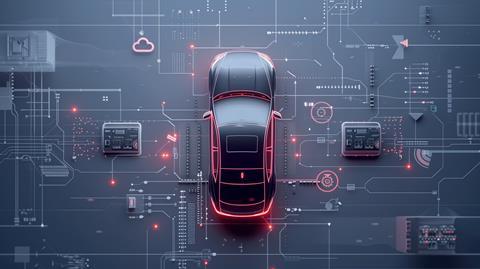
Driven by digitalisation, ESG requirements, and geopolitical uncertainties, the industry is undergoing profound structural change. The software-defined vehicle is becoming a symbol of this transformation : AI-supported assistance systems, personal services, and regular over-the-air updates are pushing hardware into the background and putting software and data in the spotlight. Those who fail to qåçuickly adapt their business model to this new reality risk missing out on the decisive development leap—and thus more than just a few market shares.
What dominant strategies can be identified in the software-defined vehicle (SDV)?
The importance of software-defined vehicles (SDVs) is leading to a strategic rethink across the entire industry. A key goal is to build proprietary software expertise. The paths to achieving this vary from manufacturer to manufacturer.
Basically, three dominant strategies can be identified:
-
In-house development with a central software platform: More and more large OEMs with the appropriate resources and capital are often relying on in-house software development and establishing internal competence centers. They are investing in in-house development teams and their own platforms to better control the speed and quality of innovation. Internal software departments and specialised subsidiaries develop complete operating systems and software stacks, merging hardware and software into an integrated value-added unit. The goal is a consistent software platform that can be used in various vehicle segments. This creates a certain degree of independence from suppliers, but it also requires immense development effort.
-
Collaborations and alliances with technology partners: In parallel, many companies are relying on partnerships with tech companies to manage the complexity and high resource requirements of software development. Shared ecosystems and open platforms shorten development cycles and pool expertise – from cloud solutions to AI-based services. Open standards and open source initiatives also create flexibility in integrating different software components. This strategy can increase development speed and quality, but carries the risk that important competencies are built outside the OEM.
-
A hybrid approach with acquisitions and targeted collaborations: This approach involves companies bringing specialised knowledge and technologies in-house, for example, through the acquisition of software startups, while continuing to work closely with traditional suppliers. This combines internal expertise with external inputs and maintains a certain degree of flexibility.
The choice of strategy depends heavily on the amount of capital, software expertise, and market power a manufacturer already possesses. A newcomer with a digital focus will likely prioritise building software teams directly, while established OEMs will restructure existing resources or bring partners on board.
Redefining value creation in the automotive sector
The latest study by the Center of Automotive Management (CAM) shows that software-defined vehicles are not just a technological leap, but a redefinition of value creation in the automotive sector – and this in a market environment that, according to the CAM study, is characterised by declining margins and strong competitive pressure.
In addition to internal competency development and the establishment of technical platforms, the SDV transformation also requires new cooperation and alliance models. According to the CAM study, this is the only way to “mitigate risks and tap into long-term growth opportunities.” And this will be necessary: At a time when margins are shrinking and competition from different regions is increasing, success in the software-defined vehicle sector will become a decisive factor for the future viability of the entire industry.
User-centric services and subscription models
User-centric services and subscription models in particular offer attractive revenue potential: Over-the-air updates, unlockable additional functions, and personalised offers accompany the entire vehicle lifecycle and bind customers to the brand in the long term. Infotainment, comfort, and safety functions thus become digital touchpoints that enable ever closer interaction between manufacturer and end customer.
To manage this dynamic development, companies are relying on agile organisational structures. Methods such as continuous integration/continuous deployment and DevOps make it possible to introduce new features within a few weeks instead of multi-year development cycles. This shifts the competition toward the speed and quality of software innovations.
Interviews with CEOs and executives reveal the following strategic directions:
BMW: Digital First
BMW is increasingly focusing on digital first and targeted software services to strengthen its connection with customers. In addition to the proprietary BMW Operating System platform (currently version 8, soon version 9), the user experience is a particular focus. The mission statement includes:
-
Premium digital experience: An intuitive user interface and comprehensive connected services are intended to be the core of the driving experience. Subscription models for additional features, such as seat heating or temporary driver assistance functions, provide new revenue streams.
-
Partnerships: In the software-defined vehicle sector, BMW works closely with technology companies and semiconductor manufacturers to make the E/E architecture powerful and safe.
-
Smart data analysis: Using vehicle and user data, BMW identifies utilisation, maintenance needs, and customer preferences in real time. Continuous data feedback enables targeted further developments and product improvements.
Read more software-related production stories
- Mercedes-Benz advances AI and robotics in production
- Audi leads with virtual controllers in vehicle bodyshop automation
- Mercedes-Benz excels in connected manufacturing at Berlin-Marienfelde
- Digital twin technology: Bridging the physical and digital worlds
Volkswagen: one operating system for all brands
Volkswagen is pursuing an ambitious software offensive with its subsidiary Cariad. The core is a unified platform that will be gradually deployed at Audi, Porsche, VW, and other Group brands. The key aspects at a glance:
-
Central architecture: Instead of numerous separate control units, there should be a scalable, group-wide software and hardware structure.
-
Challenges: The complexity caused by different brand philosophies and model series is enormous. This has already caused delays in important vehicle projects.
-
Outlook: With CARIAD, VW aims to determine how data is collected, evaluated, and monetised in the long term. OTA updates, personalisation, and AI-based assistance functions are just the beginning.

Mercedes-Benz: MB.OS as the key to the luxury strategy
Mercedes-Benz has also recognised that future market success will lie in the digital customer experience. With ” MB.OS ,” the Stuttgart-based OEM is creating a central software platform for all new model series.
The company’s own operating system is used as a basis to create a luxury experience at all levels – from the high-resolution cockpit display to highly automated driving (Level 3) to personalised entertainment features.
In-house expertise and proprietary development environments are designed to ensure that value creation and control over data and software cycles are maintained.
With a sophisticated user interface and advanced AI functions, Mercedes aims to underscore its premium credentials and increase long-term customer satisfaction.
Stellantis: Software offensive with global partners
The Stellantis Group—with brands such as Peugeot, Citroën, Opel, Fiat, and Jeep—has presented a comprehensive software roadmap aimed at consolidating its model diversity and leveraging synergies. The core of this roadmap is:
-
Multiple platforms: “STLA Brain” creates a central computing architecture that is used in different vehicle classes (STLA Small, Medium, Large, Frame).
-
Collaborations: The company works closely with tech partners such as Foxconn and Waymo to quickly catch up in highly automated functions, AI, and infotainment.
-
Monetisation model: Similar to other OEMs, the software strategy is closely linked to new business models. Stellantis plans to offer additional digital services and OTA updates in a modular format.
Renault: Software République as an innovation network
The Renault Group relies on alliances to make rapid progress in areas such as artificial intelligence, cybersecurity, and software development. Within the Software République ecosystem, Renault is working with partners from various industries to optimise its E/E architecture and data-driven services.
Open innovation culture: As part of a larger network, all participants should benefit from mutual know-how – for example in edge computing, cloud technologies or big data analytics.
Focusing on customer benefits: Renault aims to offer a dynamic portfolio of services in future vehicles: from route planning with real-time traffic data to remote diagnostics and OTA feature updates.
NXP: Pacesetters are market participants without legacy issues
Sebastién Clamagirand, Senior Vice President, Automotive System and Marketing at NXP, assesses the profound shift towards a faster development pace and shorter time to market as follows: “This development is primarily driven by new market entrants without legacy issues, particularly Chinese automakers. With their strategy of launching new models every two years, they are increasingly putting established Western manufacturers under pressure to fundamentally rethink and adapt their processes and approaches.
Despite different technical approaches in the industry, Clamagirand focuses on commonalities, including the centralisation of vehicle architecture, bottom-up integration, the separation of hardware and software, and the continuous upgradeability of the vehicle.
NXP recognised the SDV trend early on and subsequently developed the NXP CoreRide solution: “The goal is to shorten time to market for our customers and reduce their total cost of ownership when they choose NXP solutions. NXP CoreRide offers a reference design at the electronic control unit (ECU) level that takes into account the various E/E architectures available on the market and provides high-quality software and optimised performance for the most important use cases in the vehicle,” says Sébastien Clamagirand, describing the NXP solution.
One of the biggest challenges facing the automotive industry in transitioning to SDV is the availability of the right software and the ability to manage it effectively. For this reason, NXP recently announced the acquisition of TTTech Auto , a leading provider of safety-critical system and middleware solutions for the software-defined vehicle.
Vector Informatik: Total solution provider
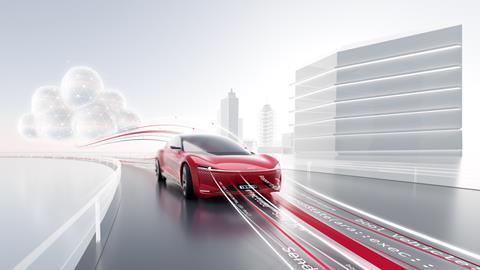
Vector Informatik supports automotive manufacturers and suppliers in the development of software-defined vehicles . Through projects with Mercedes, Stellantis, and Mahindra, the company has extensive experience in the industry and focuses on a complete SDV solution built on three fundamental areas: Software Platform, Software Factory, and SDV Services.
The modular software platform for in-vehicle and cloud is an end-to-end solution for software architecture and the development of customer-differentiating applications that are used in different vehicles regardless of the underlying hardware architecture.
The Software Factory offers a seamless development environment for app development, integration, SIL & HIL testing, and deployment in the vehicle fleet – its highly automated processes ensure shorter release and development cycles.
KPIT: Reach your goal faster through harmonisation and partnerships
KPIT pursues a holistic approach to accelerating SDV transformation , focusing on architectural harmonisation, early validation, and strategic alliances. To make the implementation of centralised architectures more efficient, the company recommends unified software and system architectures and early hardware/software validation on virtual platforms.
Through investments in companies such as Technica Engineering, NDream, and Qorix , KPIT has built up expertise across the entire technology stack over the past five years. The ecosystem is complemented by partnerships with chip-to-cloud companies to offer OEMs holistic solutions.
In the European market, KPIT calls for closer, strategic collaboration with OEMs to accelerate innovationand proactively address quality issues. The company sees significant challenges, particularly in the area of cybersecurity: growing attack surfaces, incomplete risk analyses, and vulnerabilities in complex supply chains. With a comprehensive security approach—including TARA, penetration testing, and compliance with R155/R156—KPIT positions itself as a solution provider for secure and future-proof SDV architectures.
Who will discover the holy grail of automobiles?
The software-defined vehicle marks nothing less than a paradigm shift in the automotive industry. Instead of a static product that merely receives a facelift or a new model every few years, the focus is on a highly connected, “updatable” vehicle. Companies can develop new business models based on continuous improvements and personalised driving experiences. Customers benefit from increased safety, customised settings, and constant updates that increase the vehicle’s long-term value. Those who courageously shape this transformation will be among the most important drivers of tomorrow’s mobility—and may actually discover the proverbial “holy grail” of the industry.
The author: Andrea Hoffmann-Topp

Rooted in Bavaria, at home worldwide. Andrea is a globetrotter when it comes to small and medium-sized businesses:
She values the innovative power of family-run companies as much as the appeal of large players with international locations – and prefers to connect the two worldwide.
Traveling is therefore a priority. She never forgets a good book, music, and her tennis racket.

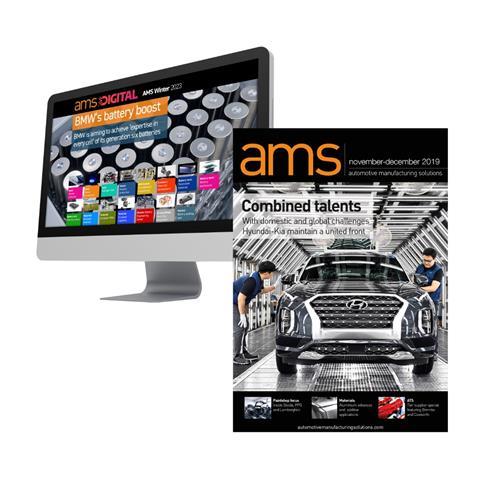

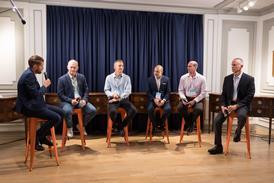




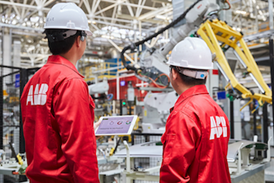

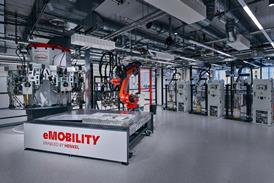



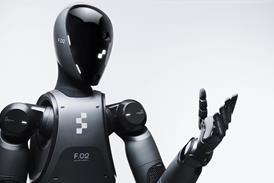
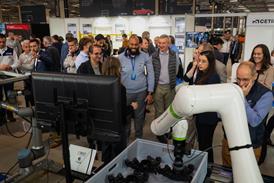
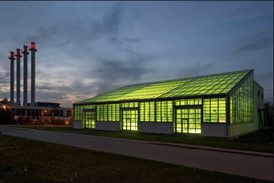
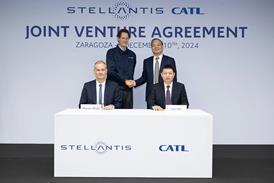
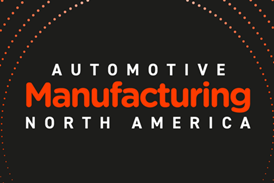
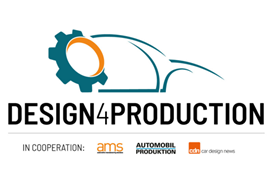


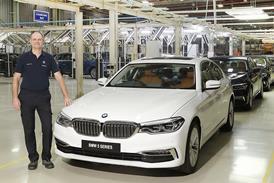


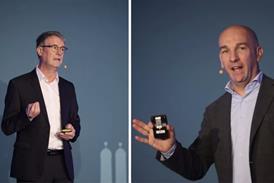
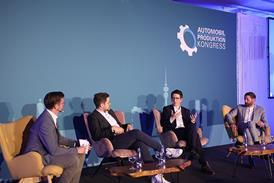
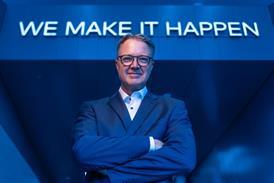
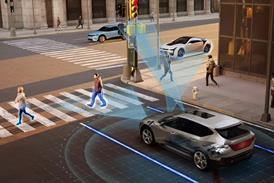

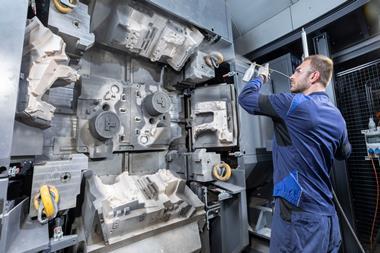
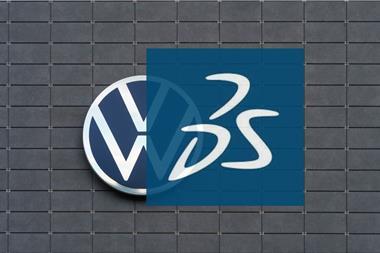
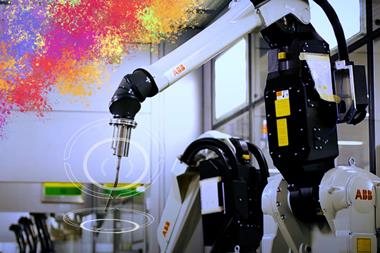
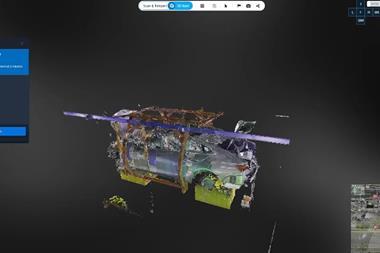
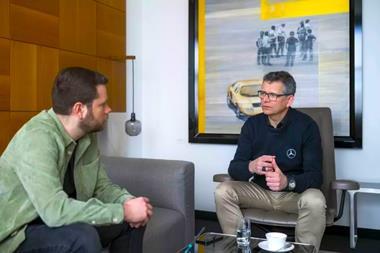


No comments yet